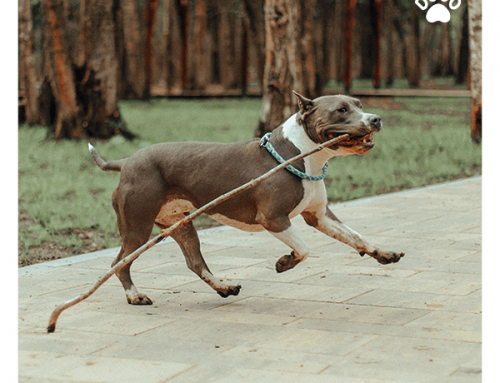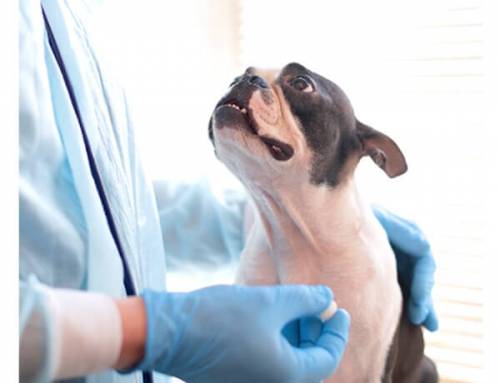
You can also read this article in Dogo App.
1. Give your dog physical or mental exercise.
If you just come back home and rush for a long walk with your dog after they have been chilling alone for 8 hours, the dog is going to be too eager to explore and energetic to focus on you. So take your dog for a short pee break, and before you go on a walk, come back home and do a 10-15 minute trick training session or play fetch.
The trick training session will help your dog to learn new commands and exercise their brain. It will also help to establish a stronger bond between you and your furry friend. Additionally, playing fetch will help your dog to burn off some energy, making them less likely to pull on the leash during the walk. This will also help in preventing injuries to both you and your pet. So, taking a few minutes to engage in these activities before your walk can make a big difference in the success of your walk.
2. Start off calmly.
Does your dog get all excited and fired up when you pick up the leash or say the magic word “park”? It is heartwarming to see the dog that happy. However, it is not the best emotion to start the walk with. So in lessons 2, 3, and 4 of the “Pleasant walks” program, you will desensitize the dog to the collar or harness and teach your dog to wait politely while you clip the leash. Play the search game so your dog is focused on you, rather than pulling you forward. Also, ensure you don’t give your dog “wanna go for a walk?” talk before leaving the house. Leave the house in a calm manner.
When you leave the house in a calm manner, it will set the tone for the entire walk. It is important to keep your dog’s focus on you and not on everything else around them. This is where the search game comes in handy. By playing the search game, you can keep your dog’s focus on you and encourage them to stay close to you during the walk. Moreover, desensitizing your dog to the collar or harness and teaching them to wait politely while you clip the leash will make the process smoother and less stressful for both you and your dog. It will also help in preventing injuries that can occur due to a restless and excited dog.
3. Defuse the visual cues.
Pick up a leash or harness, put on your walking jacket but don’t go anywhere. Do it often, without an intention of going out. This way, the visual cues lose meaning to the dog, and your dog won’t get excited before the walk.
Another way to defuse the visual cues is to introduce them gradually. Start with picking up the leash or harness and rewarding your dog for being calm. Then, move on to putting on the walking jacket and again rewarding your dog for being calm. Gradually increase the intensity of the visual cues to help your dog get used to them. Additionally, it is important to reward good behavior during the walk, especially if your dog tends to get excited and pull on the leash. This will encourage them to continue behaving well and make the walk a more pleasant experience for both of you.
Create a Personalized Training Plan for your Dog






